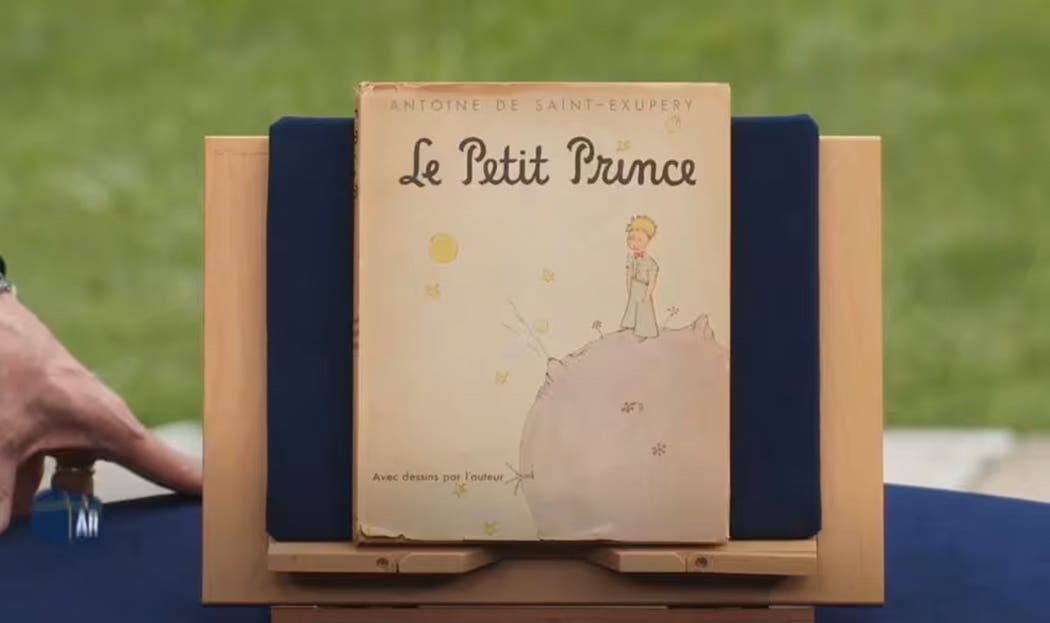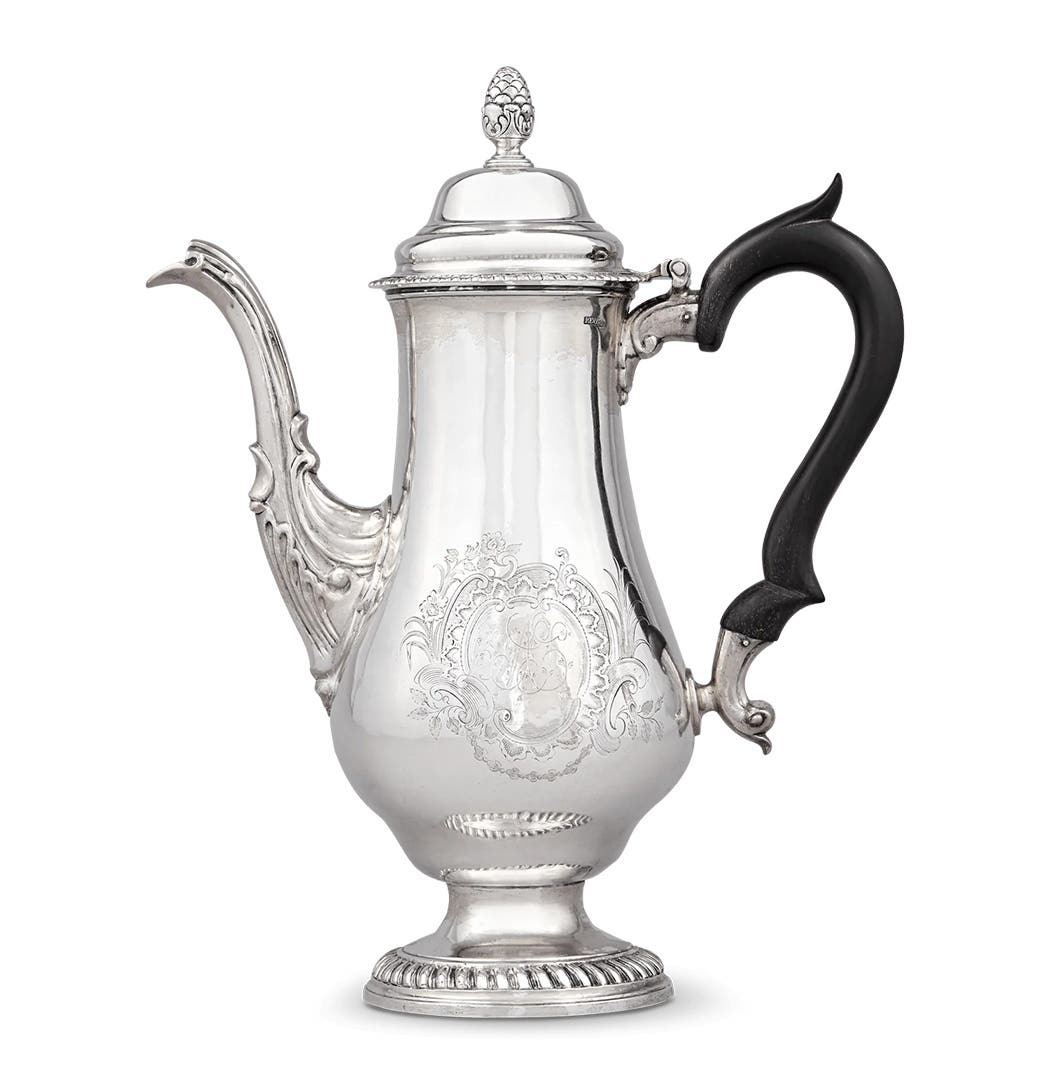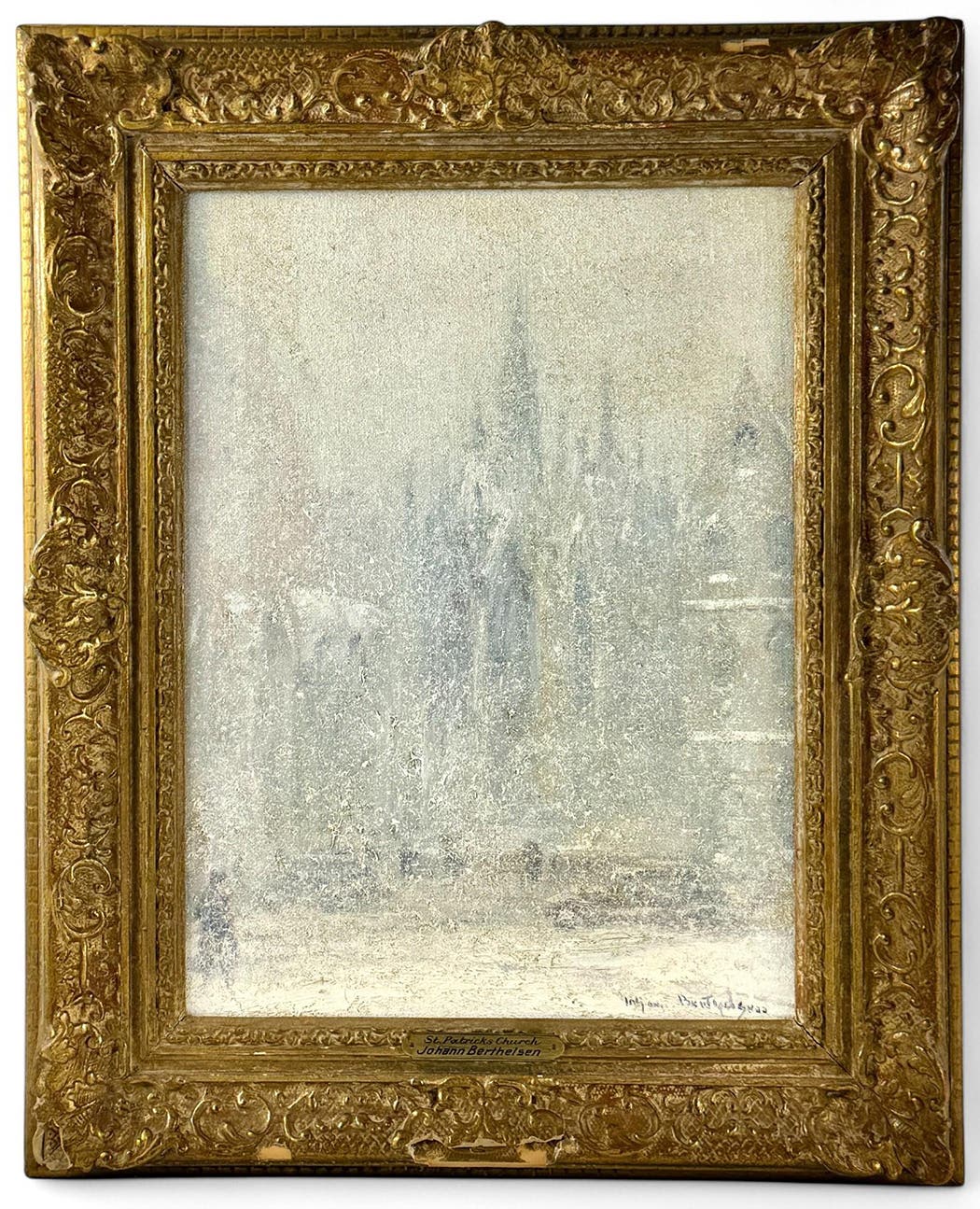Rosaries: Memorabilia of sanctity and mindfulness
Since the earliest of times, the rosary’s obvious purpose was as an instrument of guidance during prayer. However, many other influences and inspirations are associated with these beads of meditation.
By June K. Laval
Editor’s Note: The following is an excerpt from the book Catholic Collectibles: A Guide to Devotional Memorabilia. Permission to reprint come from is from the publisher (Schiffer Publishing) and the author.
The word rosary comes from the Latin rosarium, which means rose garden. It also means a garland of bouquet of roses. There is also the idea of a crown, or chapelet, associated with the word rosarium.
Roses have always been associated with the Virgin Mary and the Virgin of Guadalupe. In addition, other saints such as Saint Therese are portrayed with roses. A beautiful legend that circulated all over Europe in ancient times tells the story. In the story, the young monk was reciting the rosary when the Virgin appeared to him. She took rosebuds from his mouth and wove them to form a garland. Then she placed it on her head (Thurston and Shipman, 1912). The word bead comes from the Anglo-Saxon bede, which meant prayer.
Long ago the large beads of the rosary were called roses because they were made from small dried fruit coming from the East. The beads looked like tiny flowers (Stampfler 2001, 11). Even today some rosaries have wood beads carved to resemble rose buds.
The rosary is a practical instrument of prayer. It represents a daily practice of devotion and is a prayer of the people. It is used by the educated and the uneducated. In addition to the wealthy and the poor. The rosary is a treasure of devotion and piety and the word refers to the meditation and prayers that accompany its recitation as well as to the beads used to pray.
Composition of Modern Rosaries
The modern rosary is an orderly guide to meditation and prayers. Most rosaries in modern times have fifty-nine beads. Most beads are in groups of ten, which are called decades. One says a Hail Mary for each bead. A few beads are isolated and correspond to the Our Father prayer. The Hail Mary is the greeting to the Virgin Mary by the Archangel Gabriel when he visited her to announce the birth of Christ. In Luke 1:28 in the New Testament we read: “And the angel came unto her, and said, Hail thou that art highly favored, the Lord is with thee: blessed art thou among women.” Later Mary went to visit her cousin Elizabeth who said to her: “Blessed art thou among women, and blessed is the fruit of thy womb” (Luke 1:42).
In the fifteenth century the second part of the Hail Mary was added by Saint Bernardine of Siena, a Franciscan priest: “Holy Mary, Mother of God, pray for us sinners” and at the end of the fifteenth century the words “now and at the hour of our death” were added (Berthod, 2006, 67). The Lord’s Prayer, which Jesus taught his disciples, is found in Matthew 6:9-13 as well as in Luke 11:2-4. Although the number of prayers to be recited in a rosary may seem daunting, it takes at most twenty minutes for those who are accustomed to praying the rosary on a daily basis.
For many, saying the rosary is a form of solace and inspiration. The rosary we will study is the rosary of the Western Church.
Origins and History of the Rosary
There are several theories about the origins of the rosary. One theory attributes its origin to Saint
Dominic in the thirteenth century during the Albigensian heresy in Southwestern France.
The Albigensians denied the doctrine of the Incarnation of God through His Son, Jesus. Saint Dominic sought the help of the Virgin Mary during this difficult conflict and was advised by her to preach the rosary among the people as “an antidote to heresy and sin.” Saint Dominic is associated with the rosary because he popularized it by spreading the word of its importance to the masses through his sermons.
Another more plausible theory is that the use of pebbles, beads, or seeds gathered in a pouch or perhaps threaded on a string as a guide to meditation and prayer developed over a long period of time. The use of such beads dates from very early times and was present in many religions and cultures. It is thought that the rosary was inspired by the 150 biblical Psalms that the monks and nuns were required to pray. Thus the early rosaries had 150 beads.
The rosary as we know it developed over time to be used by the faithful who could not read and desired to express their devotion to Jesus and Mary with memorized prayers. The beads were eventually strung together to make it easier to pray and at the same time keep the faithful focused on their meditations and prayers while avoiding distraction. At first these early rosaries were a series of repetitions of the Lord’s Prayer, thus the name in Latin Paternoster (Our Father). The manufacturers of these strings of beads were called pasternosterers.
Craft Guilds Foster Rosary Production
As early as the thirteenth century there were craft guilds for these artisans. These strings of prayer beads came into use before the Hail Mary or the Ave Maria beads and prayers, and it was not until they were already a popular devotional article that the Marian rosary came into use. Eventually the paternosters and the Marian rosaries were united into one object of devotion: the rosary as we know it today. All of this is the result of developments over several centuries.
An important event in the history of the development of the popularity of the rosary happened during the Battle of Lepanto in the sixteenth century.
Don Juan de Austria, half-brother of King Philip II of Spain, led a fleet to attack Moslem forces in Lepanto, Turkey, Pope Pius V urged the faithful to pray the rosary. The Virgin Mary appeared as Our Lady of Victory, also known as the Virgin of the Rosary. Since that day, the Feast of the Holy Rosary has been celebrated on Oct. 7 and is a holy day on the liturgical calendar. Although the Christians were outnumbered in both ships and men, they defeated the enemy on October 7, 1571. The most famous soldier in that battle was the illustrious Miguel de Cervantes y Saavedra, who in 1605 would publish the first part of his novel Don Quixote de la Mancha.
Meditating on Mysteries
As a result of an injury in that battle, Cervantes lost the use of his left arm and was thereafter known as El Manco de Lepanto, the “One-armed Man of Lepanto.” Unfortunately, on his way back to Spain, his ship was captured by pirates and he spent seven years in captivity in Algeria waiting for someone to pay his ransom. He was finally rescued by the Mercerian fathers, who dedicated themselves to raising money to pay the ransom for travelers captured by pirates at sea.
The form of the rosary remained the same for a long time after its creation until the early fifteenth century when a Cartusian monk named Henry Kalkar divided the 150 Hail Marys into decades (sets of ten) separated by Our Fathers. Not long after that, Hail Marys were separated into five decades, thus resembling the rosaries we find today.
The rosary is used not only to pray but also to contemplate mysteries. There were originally fifteen mysteries, standardized in the sixteenth century by Pope Pius VI. In 2002 Pope John Paul II announced five new optional mysteries, called the Luminous mysteries, for a total of twenty mysteries. The mysteries are the stories of events in the life of Christ and the contemplation of their meaning. Examples are: Jesus in the temple, His baptism in the river Jordan, and the crucifixion and resurrection.
Additional Prayers
There are also other optional prayers that go along with the rosary such as the Fatima Prayer at the end of each decade. This was added in the twentieth century. The Rosary Novena is the praying of the rosary on nine consecutive days.
Note: “Catholic Collectibles: A Guide to Devotional Memorabilia” is available for $29.99 at www.schifferbooks.com or by calling 610-593-177.






